The Sony a7S switches to high-conversion-gain mode as the ISO dial is moved from 1600 to 2000. Thus ISO 3200 is the first whole f-stop ISO to get the benefit of increased conversion gain. In this post, I’ll show ISO 3200 dark-field images filtered with the same set of kernels as the ISO 100 images in the preceding post.
First, the unfiltered image:
Now, with 11-pixel kernels:
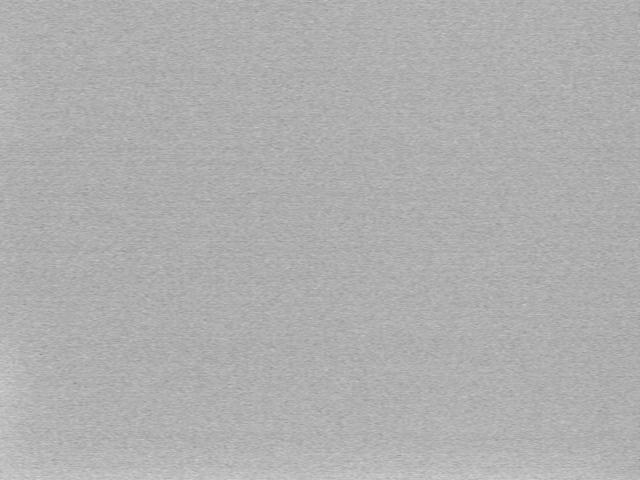

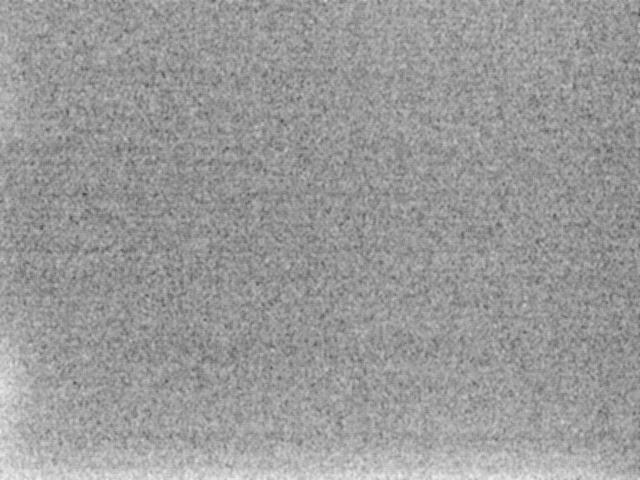
Now with 107 pixel kernels:
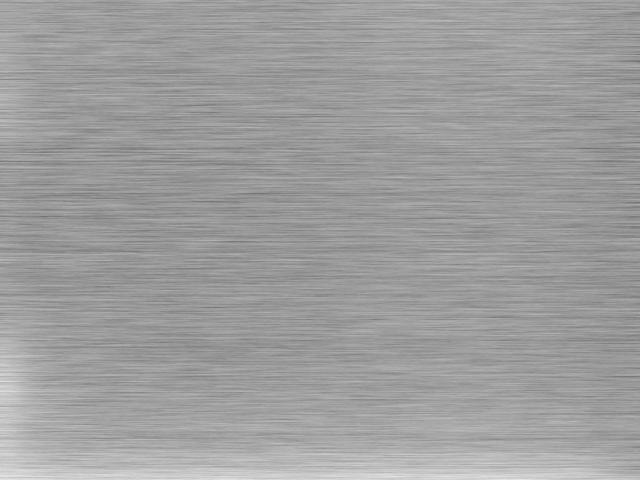
107 pixel vertical averaging kernel
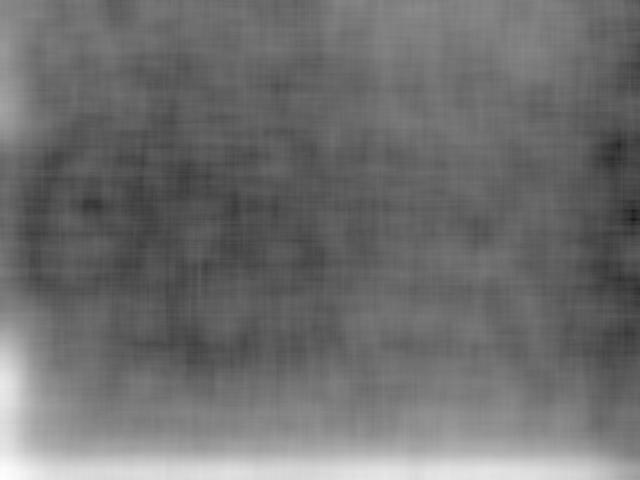
And finally with 871 pixel kernels:
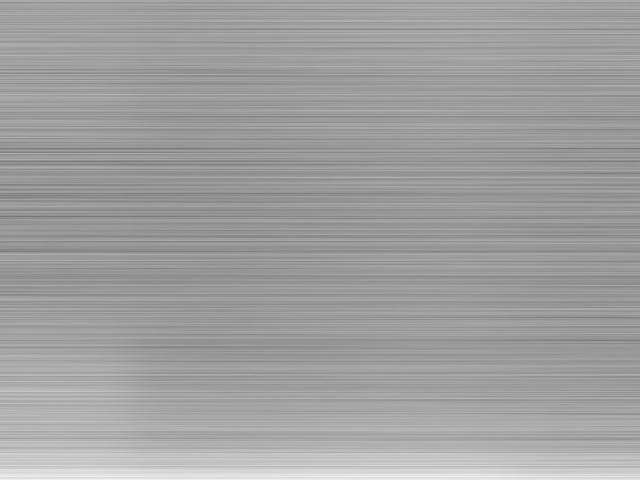
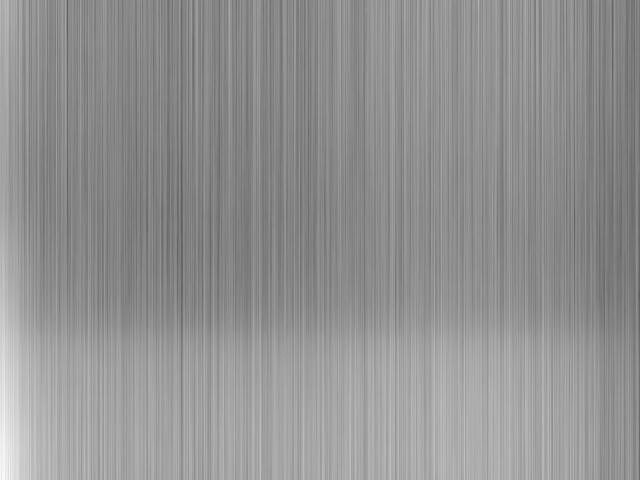

The plots indicated that the ISO 3200 read noise was higher frequency, and therefore less objectionable, than the ISO 100 noise. The way that these images are scaled prohibits absolute comparisons — for that you’ll have to look at the plots — but seems to bear out the conclusions from the plots.
Objectionable qualities being in the mind of the beholder, you’ll have to judge for yourself.

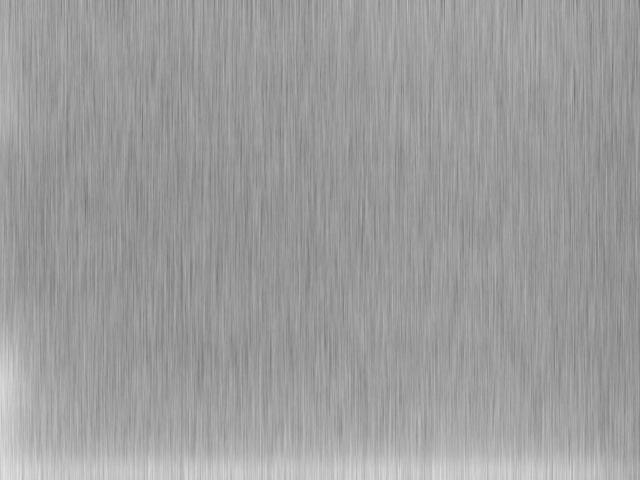
Hi,
I own the a7s, but i don’t have enough knowledge about digital sensors to get a conclusion of you results. Could you explain the implications of your test in real life usage?
Thanks
I’m not done with my explorations of read noise and its effect on image quality yet, but here’s what I’d say about the a7S. If you can’t get as much light as you want on the sensor at base ISO, keep turning it up. When you get to ISO 3200, stop; there will only be small read noise improvements after that. All that assumes that you’re shooting raw.
I’ve skipped over a lot of stuff, but that’s the 50,000 foot view.
Jim
Thanks for the explanation!